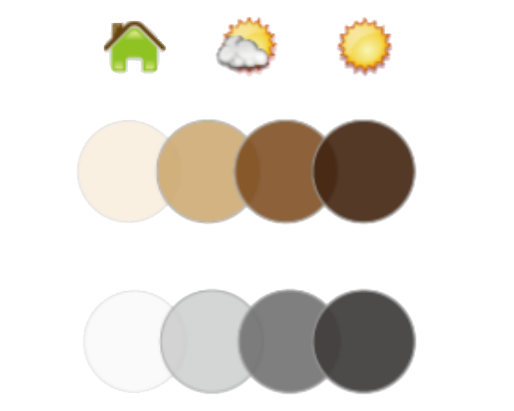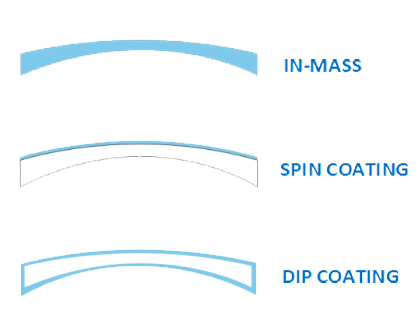Photochromic lens is a lens which color changes with the change of external light. It can turn dark quickly under sunlight, and its transmittance goes down dramatically. The stronger the light, the darker the color of the lens, and vice versa. When the lens is put back indoors, the color of the lens can quickly fade back to the original transparent state.
The color change is mainly oriented by the discoloration factor inside the lens. It is a chemical reversible reaction.

Generally speaking, there are three types of photochromic lens production technology: in-mass, spin coating, and dip coating.
Lens made by the way of in-mass production has long and stable production history. Currently, it is mainly made with 1.56 index, available with single vision, bifocal and multi-focal.
Spin coating is the revolution in photochromic lens production, availability of different lenses from 1.499 to 1.74. Spin coating photochromic has lighter base color, quicker speed, and darker and even color after change.
Dip coating is to immerse the lens into photochromic material liquid, so as to coat the lens with a photochromic layer on both sides.

International Rx lab is dedicated to the pursuit of excellent photochromic lens. With the strong R&D facility, there have been several series of photochromic lenses with great performance. From the traditional in-mass 1.56 photochromic with single color changing function, now we have developed some new photochromic lenses, such as blueblock photochromic lenses and spin coating photochromic lenses.





